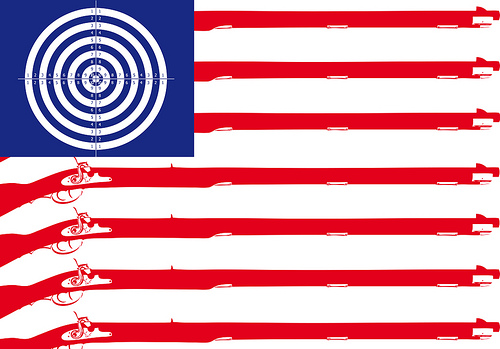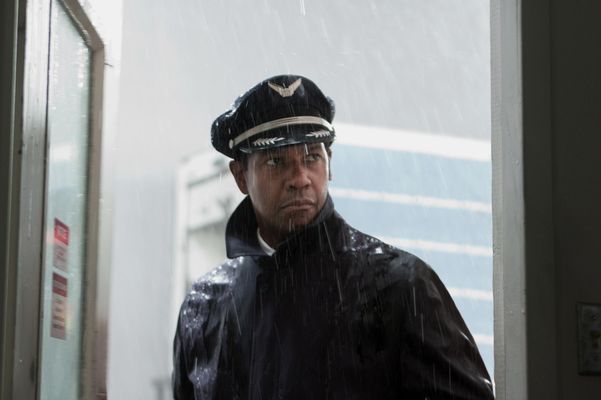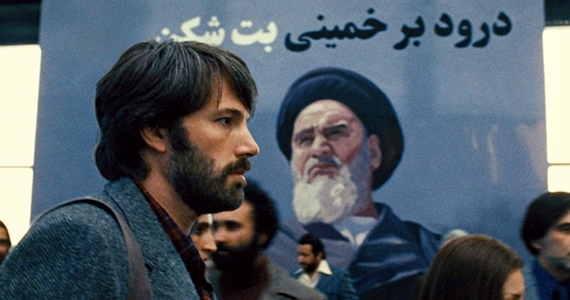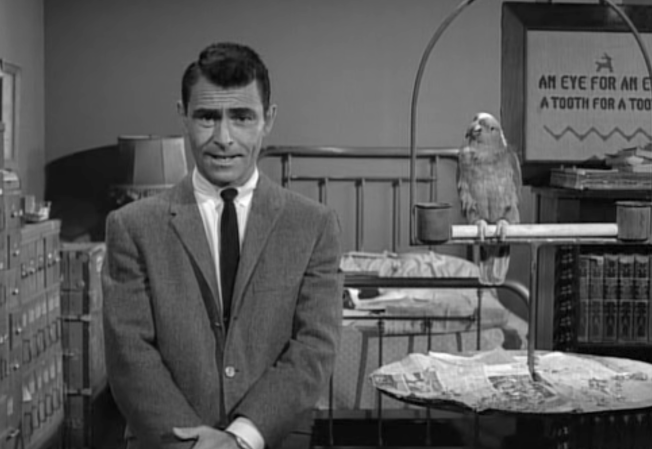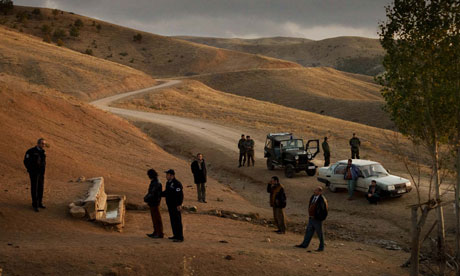When we live in a country where a gun-toting crazy fuck starts spraying his easily-bought semi-automatic at a public place, usually full of innocent women and children, it’s just a matter of time when the madness knocks on your back door. Don’t keep thinking “It’ll never happen here” because it will until there’s a legitimate and concrete change in our insanely loose gun laws (Or lack of any, I should have said).
That’s what happened to us in Portland. A day after Gabby and I were casually hanging out in the same neighborhood, another insane asshole opened fire at a mall and killed two people. Not like the media could have any time giving us every little tiny detail about this piece of shit’s life and background, therefore turning him into a public figure, which is probably what he was after anyway. Because two days after this tragedy, a much, much bigger one took place at Sandy Elementary.
Of course when asked, the “Dickless Lunatics at the NRA”, as affectionately coined by our lord and savior George Carlin, will blame anything but guns. They say it’s because of violent movies and video games, a godless society and even a lack of guns. Yes, according to them, the way to solve the gun-toting lunatic problem is by arming everyone aged 0 to 120. They think we live in an action movie and that Die Hard and 24 are documentaries.
They keep quoting war-torn nations having to train their teachers and staff to protect themselves from terrorists. If teachers were packing like they do in Israel, they so lovingly state, none of this would have happened. Of course in their eyes there’s nothing different between a professional who was trained in the army and a random, clueless guidance counselor who study after study shows will more than likely shoot more innocent people by accident instead of the assailant.
And why does the press ask the NRA about their opinions on guns after such a shooting takes place? When a serial child rapist is caught, no one asks NAMBLA their opinion. If they did, would we find it so offensive after they would defend the rapist and accuse the children of “asking for it”? Why are we so shocked when the NRA says similar stupid shit?
Anyway, what does any of this have to do with movies? Here it is: I am all for violence in movies and I support a strict separation of entertainment and real life. Whenever right-wing zealots complain that violent video games and movies are corrupting our youth, I just laugh it off.
But maybe there’s something to this. Maybe the corruption is not about the youth, but people’s maturity in general. After all, I’m sure there are millions of 12-year-olds who can differentiate the graphic violence in R-Rated and M-Rated movies and video games and real life, consider it to be nothing but visceral entertainment and grow up to be normal members of society. I was watching R-Rated action movies when I was 10, now I hate guns and could not get near one. When I write an action movie, however, of course I will think of any creative and gruesome ways for random bad guys to die. It comes with the territory of the genre.
But apparently there are “adults” in this world, 40, 50, 60-plus-year-olds, who watch 24 and apply it completely to real life and believe torture to be an excellent way of interrogation. How else will Jack Bauer find that bomb that’s about to go off in 35 minutes? They watch Under Siege or Die Hard and wholeheartedly believe that if there was anyone armed in that situation, the day would have been saved.
Maybe there should be an additional movie rating next to the age limit. I would call it NRA-NO. Here’s how it works: When you’re buying a movie ticket online or at the box office, if the movie is rated NRA-NO, the computer will search your name in the NRA member database. And if you’re an NRA member, you don’t get to see the movie. It doesn’t matter how old you are.
I would say any action movie that turns shoot-em-up violence into pure entertainment should be rated NRA-NO. You’re an NRA member and you wanna rent The Rock? Tough shit buddy, you might get the impression that Nicholas Cage’s character, an egghead who would have been killed within two seconds in real life, would exist in real life and could have saved children if only he was armed. You wanna watch Skyfall? Fuck no! What if you actually believe any armed British person can kill the bad guy at a shopping mall shooting?
The bottom line is, we need to protect our NRA members from such filth. There should be strict protection on NRA-NO rated movies and video games so we don’t have to keep dealing with idiots who cannot separate fiction from real life.
